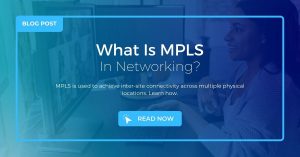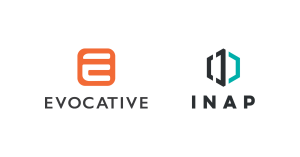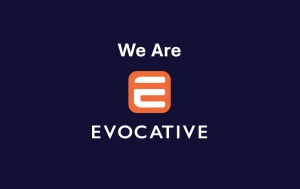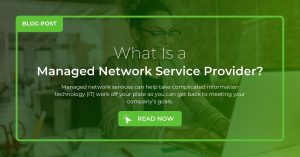Here's What We Found...

VPLS Joins iMasons Climate Accord
VPLS joins data center industry leaders in uniting to achieve carbon neutrality by joining the iMasons Climate Accord.

What Is MPLS in Networking?
Using MPLS, an enterprise can virtually connect two of its locations — regardless of where they’re located.

Breaking News: Evocative Signs Definitive Agreement To Acquire 9 INAP Data Centers
Evocative, a global provider of Internet infrastructure, announces today its intent to acquire the majority of INAP’s data center facilities. The acquisition will consist of 9 data centers, including colocation and related network services.

We Are Evocative: Company Consolidates Brands To One
Evocative, a global provider of Internet infrastructure, announces today that the company has consolidated its portfolio to one brand: Evocative.

VPLS | Evocative CEO Arman Khalili to Speak at Bisnow’s National DICE Data Center Management, Operations and Cooling Summit 2022
VPLS, an Evocative company and a global provider of Internet infrastructure, data center, and managed services, announces that CEO Arman Khalili is joining the keynote panel at Bisnow’s National DICE Data Center Management, Operations and Cooling Summit.

VPLS, an Evocative Company, Fortifies Management Team to Empower Enterprise Digital Infrastructure Growth
Global data center, network, and cloud solutions provider adds key leadership roles in engineering, operations, marketing and brand strategy

VPLS, an Evocative Company, Fortifies Management Team to Empower Enterprise Digital Infrastructure Growth
Global data center, network, and cloud solutions provider adds key leadership roles in engineering, operations, marketing and brand strategy

What Is a Managed Network Service Provider?
Managed network services can help take complicated information technology (IT) work off your plate so you can get back to meeting your company’s goals.
